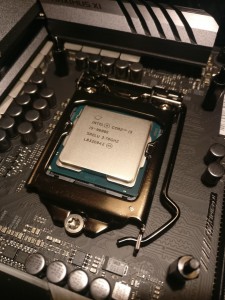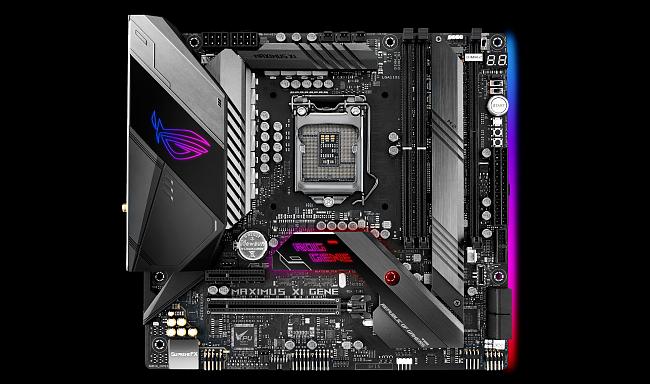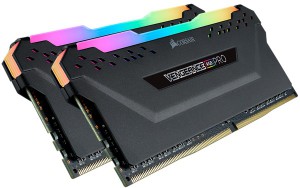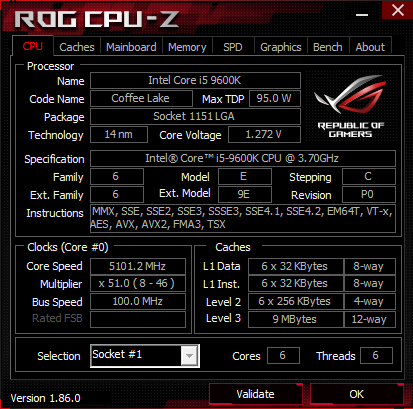New coding & gaming machine - parts list
My current desktop/game pc is dating back to 2013, and with an Intel 4670K, 8GB of RAM, and a Club3D 7950 RoyalKing AMD based gfx card it’s still fine for coding and most games. Nonetheless, this summer I decided to upgrade for a number of reasons:
- my lab environment (dual Xeons) was hosting my NAS (VM), resulting in the requirement to be always on. I wanted to get rid of this constant ~150W power draw.
- in the most demanding games the 7950 was showing its age. For instance Battlefield 5 would not run without drastically decreasing graphical effects.
- I wanted to build an ‘open case’ desktop (showing the internals).
So I set out to design and build a new machine, after which I could use the heavily undervolted existing machine to host my NAS.
Specifications
The first decision was the case. I decided to use a Lian Li PC-O6s, which enables a setup that could be placed horizontally, with tempered glass top plate, and is designed to mount the graphics card in the same direction as the motherboard for maximum visibility (using a PCI-E riser cable). This case fits a mATX form factor motherboard, which is the smallest form factor that still offers multiple expansion slots.
 Intel i5-9600K installed and ready to go
Intel i5-9600K installed and ready to go
The next important decision was the CPU . A new generation of Intel desktop CPUs was expected, and I decided to wait what they could deliver. When finally there, I quickly decided the i9-9900K and i7-9700K were overkill for coding and gaming. The i5-9600k seemed like the ideal candidate with 6 cores. It sits at a comparable price point as the AMD 2700X which presented me with a dilemma: 8 cores and 16 threads seemed like an offer I couldn’t refuse in comparison with the 6 core i5-9600K. However, the Intel CPU has something else speaking for it: superior single thread performance. It’s easy to forget limits on single thread performance were the main reason CPUs became multi core in the first place. So at similar core x_ GHz_ numbers I would always opt for more GHz over more cores. Moreover, reviews showed the Intel chip has far better overclocking potential over the AMD which at stock frequency was already close to maxed out.

Concerning the motherboard, I had a few hard constraints: the formfactor of the case (mATX) and the chipset (Intel Z390 for this generation of CPUs). Apart from that I wanted a good looking board as it would be visible, and it should be stable when overclocking. The number of mATX boards for this chipset was disappointing, forcing me to compromise on the Asus Maximus XI Gene. An awesome looking and super high quality board, but it’s expensive and has a few remarkable design choices: it only has 2 DIMM slots, and one of the PCI express 16x slots is sacrificed for extra M2 mounting options.

The case is really slim and only has 8cm of clearing to fit a CPU cooler. I considered picking a low profile fan, but the cooling ability would seriously suffer: all I could find were rated for below 95W (the i5-9600K’s TDP). So the CPU might even throttle at stock frequency. This way I could forget about overclocking it…so I checked out All In One (AIO) watercooling kits which have become really popular over the last years, as they offer the advantages of watercooling without the traditional drawbacks. I settled on the NZXT Kraken X72. Once again I was confronted with the cost of beauty, as another - more standard - case could have fitted a smaller and less expensive Kraken, but the X72 was the only one that fitted this case. At stock frequency, my CPU was idling at 25C, and never hit >40C in games (more about overclocking later).

Graphics card prices have really become ridiculous. Some claim this is due to the crypto hype, but it’s more likely the lack of competition nVidia has had over the last few years in the higher segments of the market plays a significant role here. The new generation of RTX cards inflates prices even more. So I considered to pick a last generation 1080Ti but talked myself out of it: new games require as much tweaking on the driver side (nVidia) as they do on the side of the game developer, and with the new generation out I think it’s likely all efforts go to the new generation. So should I go for the 2080Ti to get the full Ray Tracing experience?
Mwah, right now there’s only 1 game making real use of it, and the tech is so different and new it’s not clear whether investing in this capability will pay off. I still remember buying the Rendition Verite which was the only card accelerating Quake yet failed to gain traction. I could feel the cash burning in my pocket but forced myself to think about this objectively. What I really required was a GPU that would allow me to play the most demanding games at 60+ FPS on ultra settings on 1440p. So I checked out reviews and picked up a RTX 2070 card.

Theoretically the motherboard was able to host DDR4 RAM DIMMs up to 4800MHz, but benchmarks suggest (Dutch) the step from DDR4-2666 to DDR4-3200 still yields some performance gains on modern Intel platforms, but after that there is very little to gain. I decided to pick up some RGB sticks for 16GB total.
I completed the build with a Seasonic Prime 750W PSU, and a 1TB M2 NVMe SSD from the Samsung 970 Evo range.
Overclocking

With very limited efforts I managed to reach an all core stable 5.1GHz overclock, which raises temperatures to 30C idle and around 55C under load, which is quite impressive as the power draw of this chip goes far beyond the TDP when overclocking.
Performance
I don’t like synthetic benchmarks too much, but I did run PassMark: 

As I use the machine for coding, I ran Scott Hanselman’s benchmark of cold and warm builds of compiling Orchard CMS, which took 27 and 9.9 seconds respectively.
In games I got what I aimed for: Battlefield 5 runs at 60+ FPS on 1440p with all settings (except Ray Tracing) on Ultra, and in League of Legends I get 450 fps.
Esthetics
The feature image photo doesn’t do justice to the looks of this build. Everything oozes quality, starting with the brushed aluminum case with real tempered glass, the motherboard and the AIO cooler. RGB may not be for you, but the open case has a very special effect. I can live with this machine for the next 5 years or so.
